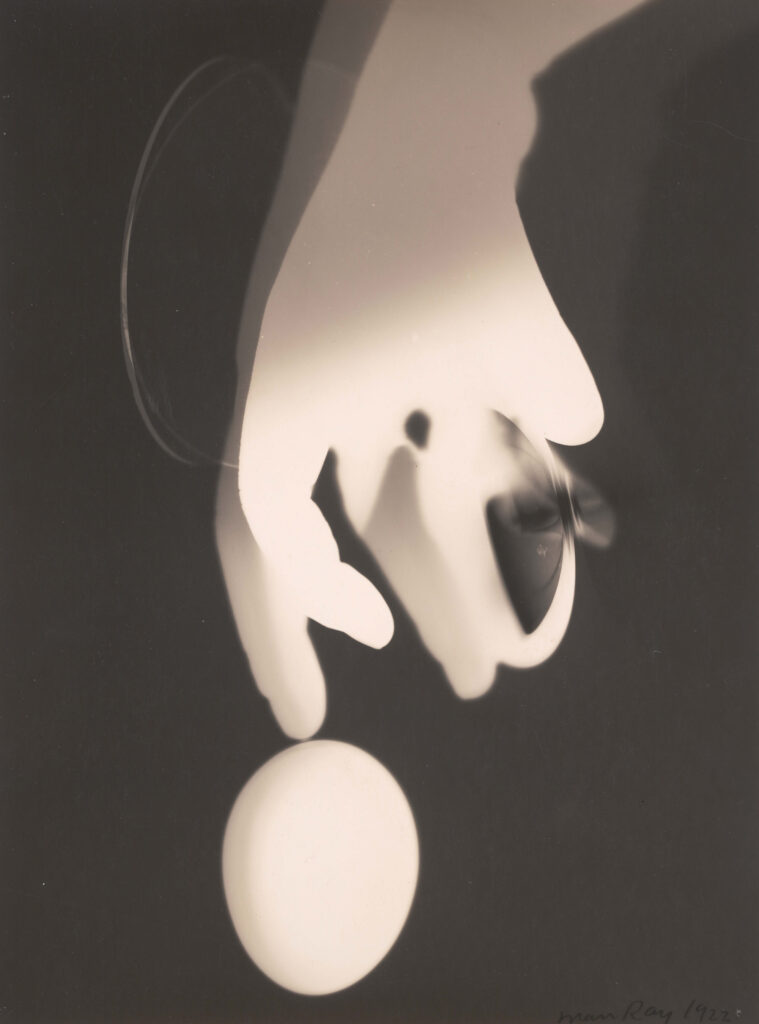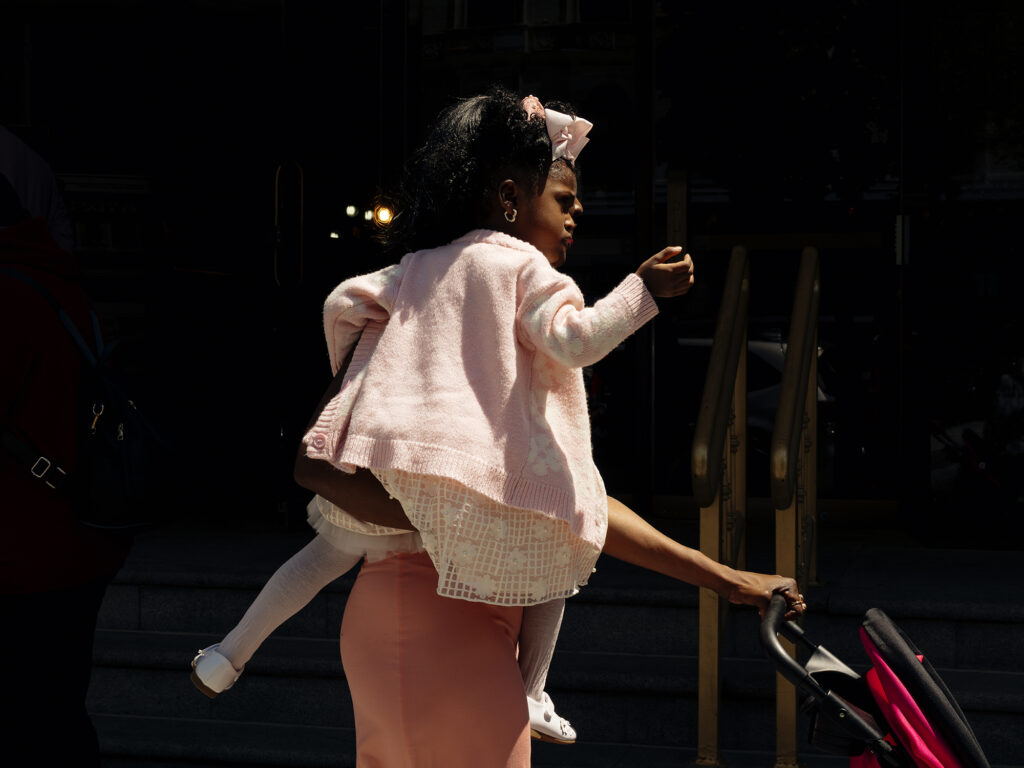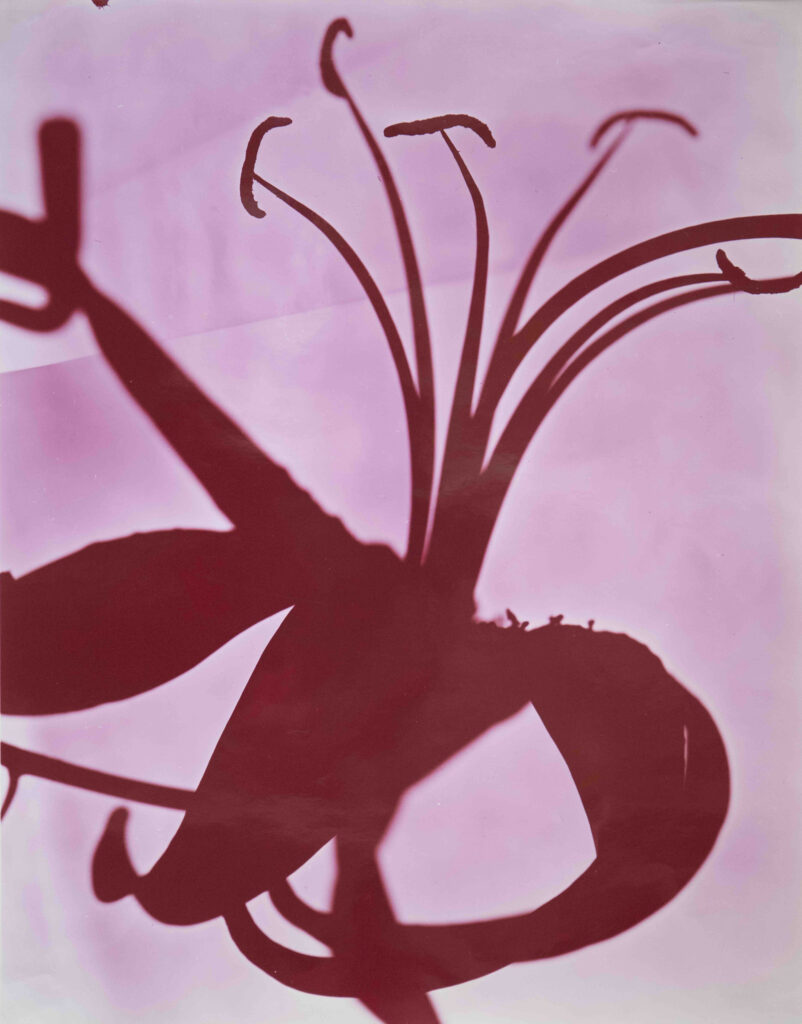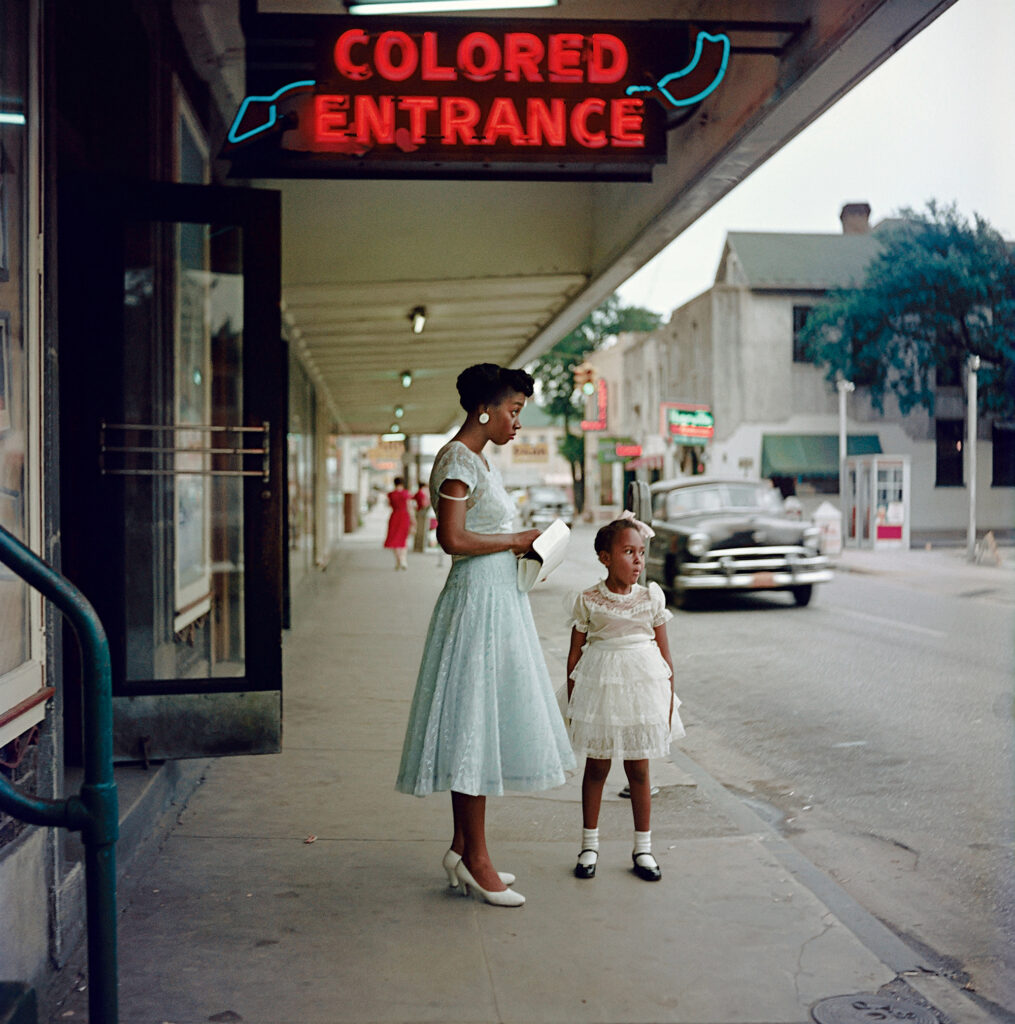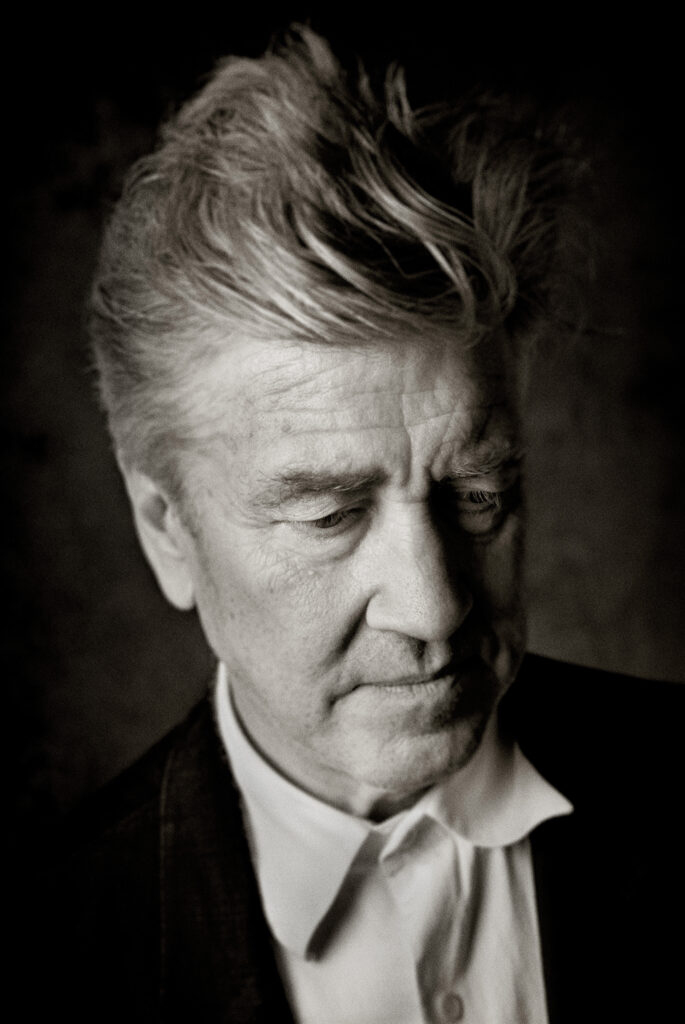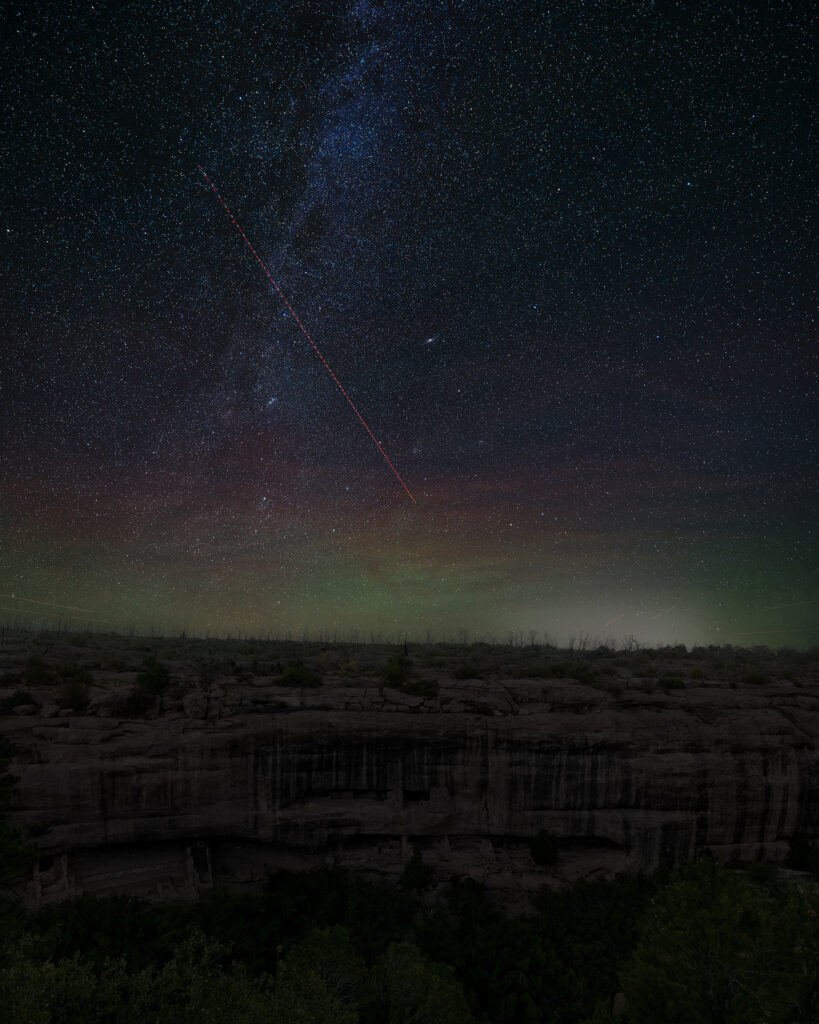
Featured
Aperture’s Must-Read Photography Features of 2023
From Juergen Teller and Mary Manning to the debates around AI’s influence on image-making, here are this year’s highlights in photography and ideas.
Aperture was established to advance “creative thinking, significantly expressed in words and photographs.” We continue to pursue these goals in our collaborations with photographers and writers. Here, we look back at a selection of the stories we published in 2023—the dynamic voices shaping Accra’s art scene, the debates around AI and NFTs, the legacy of Joan Didion’s storytelling, and the ways that Asian American photographers envision new possibilities for the future. In these interviews, portfolios, and essays, we see photography’s potential to both witness and connect.
—The Editors
Jump Ahead:
The Year in Interviews
The Year in Portfolios
The Year in Essays
The Year in Interviews

Juergen Teller on Life, Love, and Three Decades in Fashion
A conversation with Alistair O’Neill, from Aperture, issue 253, “Desire”
Over the last thirty years, Juergen Teller has been at the vanguard of fashion photography. His work resists the idea of fashion as the projection of a polished ideal, favoring objective clarity to shine a light through the smoke and mirrors of promotion. Here, on the occasion of his career-spanning exhibition in Paris, the influential photographer reflects on the boundaries between art and commerce.
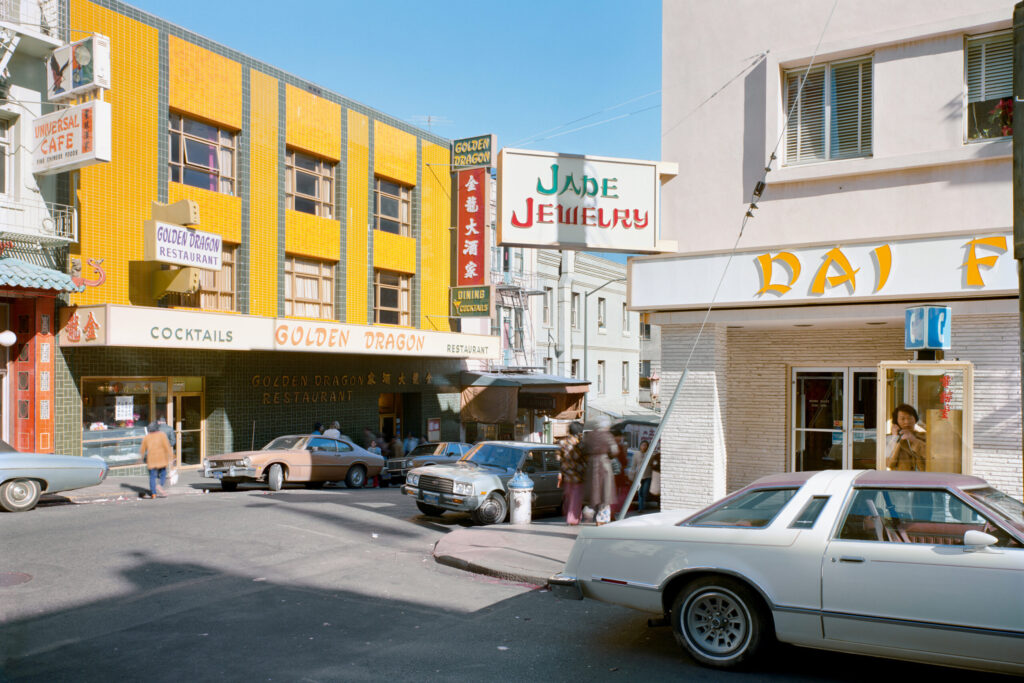
Reagan Louie on Surviving the American Dream
A conversation with Aleesa Pitchamarn Alexander, from Aperture, issue 251, “Being & Becoming: Asian in America”
The photographer once believed that he had to turn his back on his Chinese culture. Today, his images show what it means to embrace authenticity. “This fusion in using the camera to find my Chinese, non-Western self comes with many obstacles, including adopting its logic and its values,” says Louie.

La Dolce Vita According to Sam Youkilis
A conversation with Chiara Bardelli Nonino
Drawing inspiration from Fellini and Pasolini, the photographer finds a seductive—sometimes humorous—vision of older Italy. “There’s definitely an interesting tension between the sort of romanticized, visually striking, dolce vita Italy, and the overtourism and the more neglected aspects, like a certain hopelessness in the younger generations of Italians,” says Youkilis.

Coco Capitán’s Vision of Youth Culture in Japan
A conversation with Michael Famighetti
For her latest project, the Spanish photographer made portraits of young people in Kyoto who balance the expectations of tradition with contemporary life. “In some ways, Kyoto can feel like it’s stuck in the past,” says Capitán. “There are these very strict customs and I was curious how they were felt by younger people—monks, skater kids, or high school students.”

Tyler Mitchell Stages a Homecoming in Georgia
A conversation with Brendan Embser
In Domestic Imaginaries, an exhibition at the SCAD Museum of Art in Savannah, Georgia, the artist considers the poetics of space, presenting sculptures and photographs that move off the wall. “My work has been informed by narratives of how Black life connects to nature and to the outdoors. This exhibition heightens that to a new degree, I would say,” Mitchell notes. “I like the idea of making images that offer an expanded lens of where Black life can reside.”
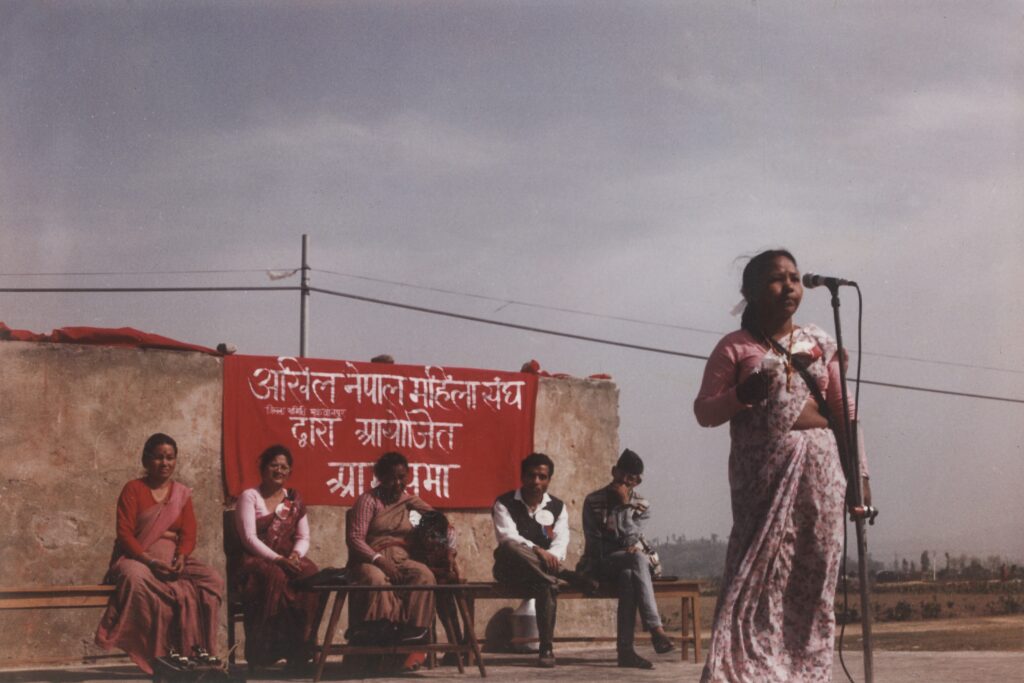
A Photography Archive Tells a Story of Feminism in Nepal
Varun Nayar in conversation with NayanTara Gurung Kakshapati and Diwas Raja Kc
For twelve years, the Nepal Picture Library has been building an expansive digital archive of the country’s social and cultural life, amassing more than 120,000 photographs from a variety of sources with the aim of creating a collective sense of historical place in Nepali society. Varun Nayar recently spoke with the curators NayanTara Gurung Kakshapati and Diwas Raja Kc about their new award-winning photobook—and photography’s relationship to historical memory.

Ari Marcopoulos on the Essential Art of Zines
A conversation with Hamza Walker, from Ari Marcopoulos: Zines (Aperture, 2023)
The inveterate zine-maker speaks about his artistic practice, learning under Andy Warhol and Irving Penn, and why “everything is worth photographing.” As Marcopoulos states: “I always believe that the images that I work with are shared experiences, where the viewer might recognize something in their own life.”
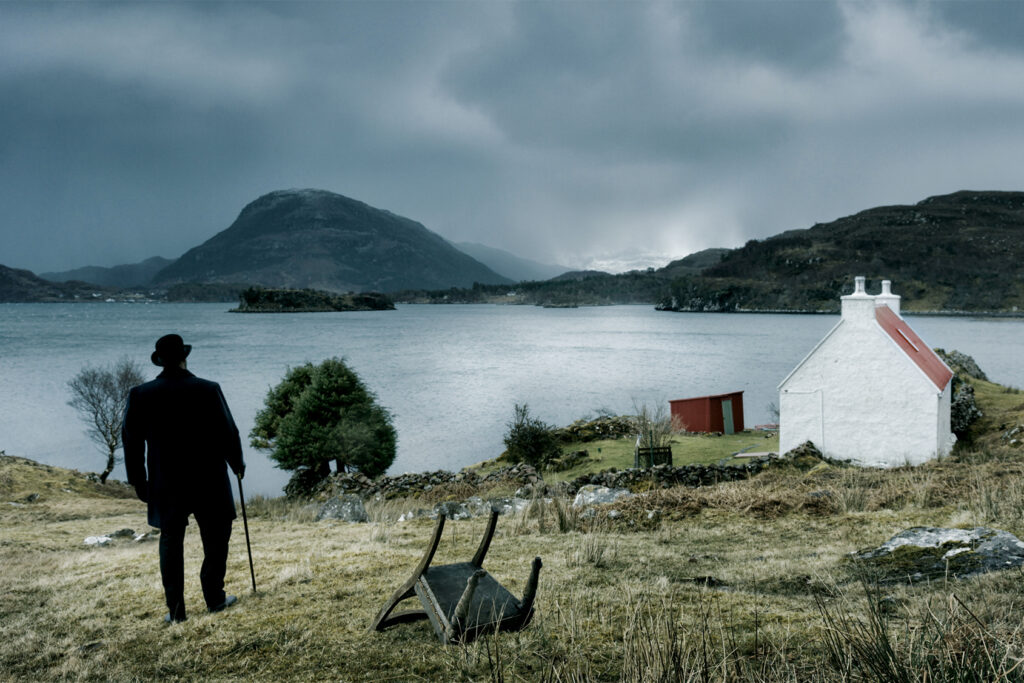
How John Akomfrah’s Videos Tell a Story of Migration and Belonging
A conversation with Vanessa Peterson and Lyle Ashton Harris, from Aperture, issue 252, “Accra”
In works that confront stories of complex political histories, John Akomfrah’s practice is a testament to the notion of hybridity. The acclaimed filmmaker, who will represent the United Kingdom in the 2024 Venice Biennale, speaks about the restless ghosts of Ghana’s history.

What It Means to Make Photographs as a Young Artist in Iran
by Amin Yousefi
Over the last century, photography in Iran has often been overshadowed by the country’s social and political conditions and historic flash points. As a result, many photographers, particularly those from the new generation who transcend geographical confines, have received relatively little recognition. In this roundtable, Amin Yousefi speaks with three emerging photographers about the challenges they face—both artistic and political—and the possibility of building new spaces for critique and discussion.

Zohra Opoku’s Evocative Reflections on Mortality and Resilience
A conversation with Ekow Eshun, from Aperture, issue 252, “Accra”
The German Ghanaian artist weaves together archival images, family photographs, and self-portraiture in works that are often inspired by the city of Accra. “I feel like the body is just existing in a particular time of the life span,” says Opoku, “but our soul, our being, is continuing.”
The Year in Portfolios

Kay Kwabia’s Poetic View of Daily Life in Ghana
by Lovia Gyarkye, from Aperture, issue 252, “Accra”
In his landscapes and portraits, the photographer translates city scenes in and around Accra into atmospheric images. “Kwabia focuses on the beauty of quotidian living in Accra and its nearby cities,” writes Lovia Gyarkye, “finding dreamscapes where others might see only harsh realities.”

The Strange and Beautiful World of Deborah Turbeville’s Photo-Novella
by Thessaly La Force, from Aperture, issue 249, “Reference”
The renowned fashion photographer’s previously unseen experimental collages tell the story of a fictional designer who disappears at the height of her career. “Turbeville’s vast body of work . . . is known for its darkness and mystery,” writes Thessaly La Force. “Beauty was, in Turbeville’s imagination, not just bright and happy but melancholic and brimming with travesty.”

Adraint Bereal’s Celebratory Chronicle of Black College Life
by Casey Gerald, from Aperture, issue 250, “We Make Pictures in Order to Live”
The photographer captures the agony and ecstasy of what it is to be a Black college student in the United States. As Casey Gerald writes: “Bereal’s project started from a desire to help his classmates see themselves and celebrate one another.”

An Asian American Family’s Public History and Private Rituals
by Simon Han, from Aperture, issue 251, “Being & Becoming: Asian in America”
In his photographs, Jarod Lew asks his family to reenact scenes from everyday life, invoking stories that wrestle with the tensions between control and care. “Lew’s work resists this pressure: control is also a means to build a protective structure around the living,” writes Simon Han.

Vân-Nhi Nguyen’s Bold Perspective on the Lives of Young People in Vietnam
by Thessaly La Force
Winner of the 2023 Aperture Portfolio Prize, Nguyen casts an intimate gaze upon a generation confronting historical stereotypes. As Thessaly La Force writes: “Under Nguyen’s lens, the flattening stereotypes of Vietnamese culture are never present, even if she is perfectly aware of them.”
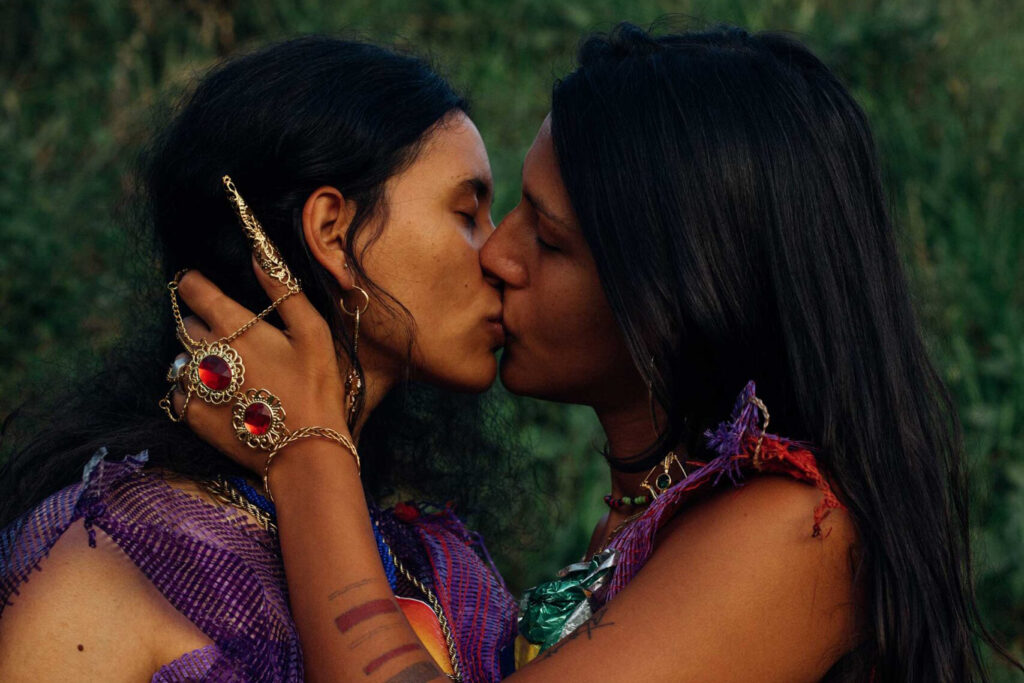
Laryssa Machada Captures the Vitality of Life in Brazil
by Fabiana Moraes
In her images of Salvador and its residents, Laryssa Machada engages with issues of race, territoriality, visibility, and memory. “I didn’t imagine being an artist,” Machada says. “That seemed far-off to me. But when my work began to circulate, I thought, Wow, I wish my grandmother, my great-grandmother were able to witness these things happening.”
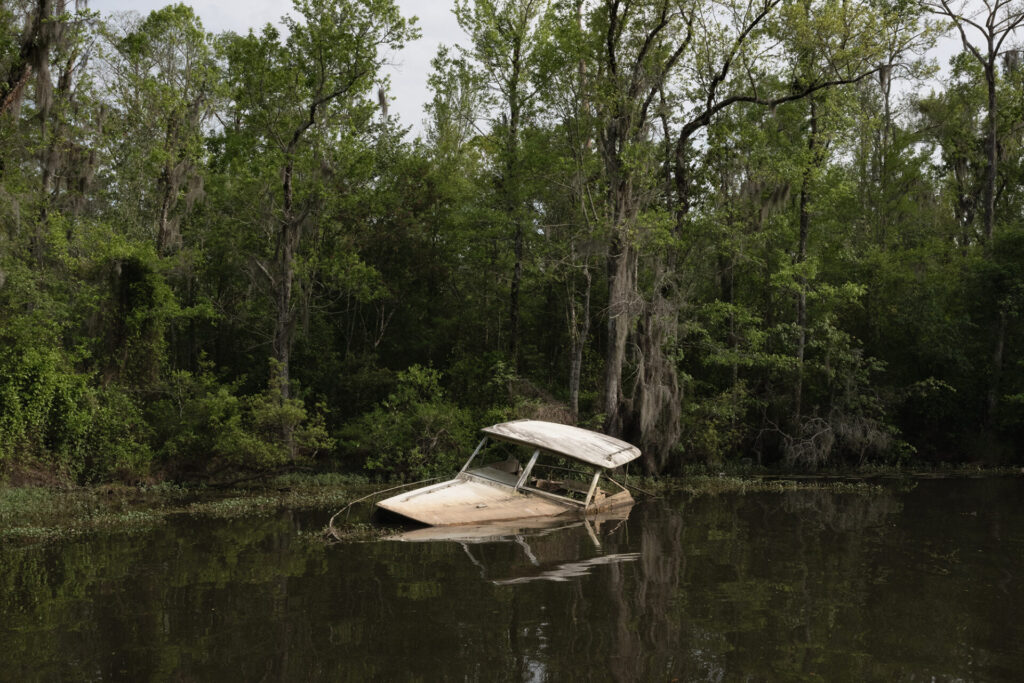
Jade Thiraswas’s Sensitive Chronicle of Pride and Mourning in the American South
by Jordan Amirkhani
For the Thai American photographer, small beauties and unforgiving travesties are all part of what it truly means to live in Louisiana. As Jordan Amirkhani writes: “Thiraswas’s images work to hold the idyllic at bay to provide a foundation for interrogating the many complexities and tensions of life and living in New Orleans as a young woman, as a daughter, as an immigrant.”

Mary Manning Sees Gifts in the Everyday
by Durga Chew-Bose, from Aperture, issue 250, “We Make Pictures in Order to Live”
The photographer’s collages chronicle friends, family, and community in New York. As Durga Chew-Bose writes: “Mary’s photographs are testimonies, not just of togetherness but of sweet, good-sized customs.”

Alex Webb on Reimagining a Photobook, Twenty-Five Years Later
from Alex Webb: Dislocations (Aperture, 2023)
In a new edition of a long out-of-print volume, Webb draws from photographs across many locations. Here, he considers the act of photography as a form of dislocation in itself.

James Welling Recasts the Ancient World
by Kate Palmer Albers, from Aperture, issue 249, “Reference”
In two recent series, the photographer references fragments of antiquity, pulling the past into the present. “This depth and range of source material manages—seemingly against the odds—to coalesce into an animated moment of recognition,” writes Kate Palmer Albers, “the sense of seeing another human, from another time, conjured before us.”
The Year in Essays

What Do Photographs Tell Us About Joan Didion’s Nervy Glamour?
by Brian Dillon, from Aperture, issue 250, “We Make Pictures in Order to Live”
We have come to think of Joan Didion as a writer whose photographic imago incarnates certain features of her prose, oversensitive but unsentimental, held together in the face of personal or cultural catastrophe—above all, cool. As Brian Dillon writes: “A composer, on the page, of indelible pictures, she was also highly suspicious of image-making as such.”

How Will AI Transform Photography?
by Charlotte Kent
As artists experiment with this fast-evolving technology, they uncover creative opportunity, absurdity, and bias. As Charlotte Kent writes: “Our physical gestures are expressive of internal, psychological states, but AI struggles to process the aesthetic of emotions.”

Charles “Teenie” Harris’s Midcentury Portrait of Black Culture in Pittsburgh
by Tiana Reid, from Aperture, issue 250, “We Make Pictures in Order to Live”
For more than fifty years, the photographer created a vivid record of the city. Now, a major archival project stands to reveal the scope of his vision. “Looking at the subjects in Harris’s pictures,” writes Tiana Reid, “we see people who find comfort and trust in a world where comfort and trust are never guaranteed.”

Toyo Miyatake’s Indelible Record of Life inside the Manzanar Internment Camp
by Ken Chen, from Aperture, issue 251, “Being & Becoming: Asian in America”
During World War II, Miyatake made surreptitious photographs of Japanese Americans incarcerated by the US government. He saw little need to glorify, humanize, or even individualize the prisoners—because he was one of them. As Ken Chen writes: “What did Miyatake, driven by a mission to document an abhorrent experience, decide to preserve?”
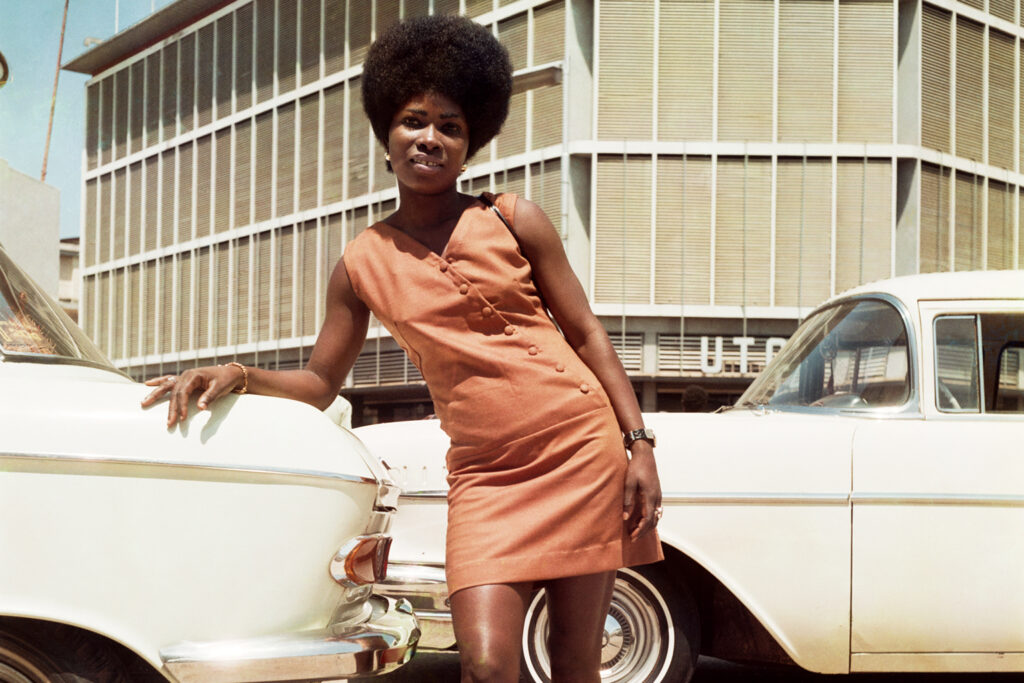
How Ghana Became a Homeland for the African Diaspora
by Anakwa Dwamena, from Aperture, issue 252, “Accra”
From Maya Angelou to Todd Gray, writers and artists from around the world have returned to Ghana in the decades since the country’s independence. What were they looking for?
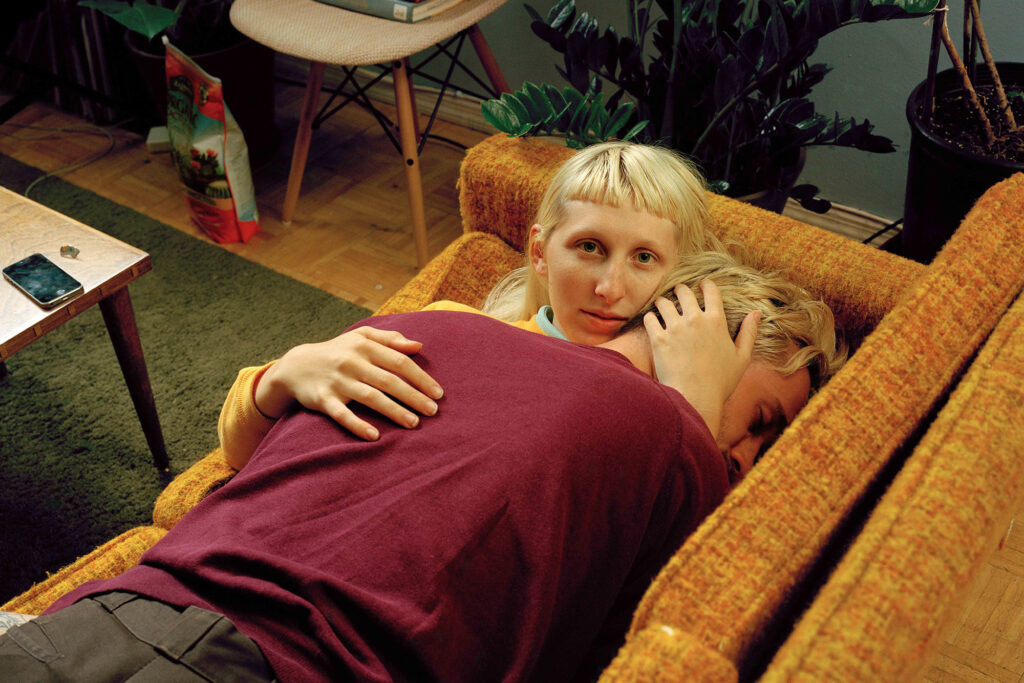
Caroline Tompkins Explores the Territory between Fear and Desire
by Coralie Kraft
In a photobook pairing eroticism with horror, the photographer bluntly foregrounds the psychic agitation that many people associate with arousal. As Coralie Kraft writes: “Bedfellow approaches an uncomfortable question: What happens to your understanding of sex when your early experiences of love and lust are tied to unease and anxiety?”

Eikoh Hosoe’s Mythic Worlds
by Lena Fritsch, from Aperture, issue 250, “We Make Pictures in Order to Live”
In his collaborations with influential literary figures and performers, Hosoe created surreal scenes that invoke the fantastic. “Dramatic and dreamlike, Hosoe’s imagery remains radical, powerful, and moving—it deserves to be discovered by a wider audience,” writes Lena Fritsch.

How Tommy Kha’s Mischievous Portraits Challenge the Idea of Belonging
by Hua Hsu, from Tommy Kha: Half, Full, Quarter (Aperture, 2023)
The artist’s idiosyncratic photographs mark his presence in the world—and tell a story about Asian American identity. “The compositions are gorgeous and meticulous, with Kha masterfully capturing these soothing, garish auras in the naturally occurring colors of our world,” writes Hua Hsu. “But there’s often something a bit off. A flourish—visual jokes, out-of-place expressions, a glimpse of a cutout of his own face—that marks his presence.”

What Was the NFT?
by Chris Wiley
When cryptocurrency was on the rise, entrepreneurial artists and prominent photographers rushed to release NFTs. But is the NFT actually a medium—or merely a medium of exchange? “The mere idea of photography being bought and sold as an NFT is likely to raise the hackles of connoisseurs of fine photographic prints and other members of the photo world’s old guard,” writes Chris Wiley.

Nick Waplington’s Histories from Below
by Alistair O’Neill, from Aperture, issue 250, “We Make Pictures in Order to Live”
From Nottingham living rooms to New York dance floors and Los Angeles’s surf scene, the British photographer has created records of subcultures that brim with life. As Alistair O’Neill writes: “Waplington is committed to the idea of entering communities in order to understand them and, in turn, himself.”

Japan’s Unparalleled History of Photography in Print
by Lena Fritsch, from The PhotoBook Review in Aperture, issue 251, “Being & Becoming: Asian in America”
An expansive new book shows how the magazine format was a major, genre-defining space for Japanese photographers. “The book immerses the reader in the work of internationally famous photographers,” writes Lena Fritsch, “along with figures such as Shōji Ueda and Hiromi Tsuchida, who remain overlooked outside of Japan.”

William Christenberry, RaMell Ross, and the American Crucible of Hale County, Alabama
by Rebecca Bengal
A remarkable exhibition by the two artists charts a visionary path through the landscapes of the South. As Rebecca Bengal writes: “The people in Ross’s photographs are often seen in the midst of doing everyday things within deep time, in the midst of a larger landscape, so that the prosaic becomes almost mythic.”

